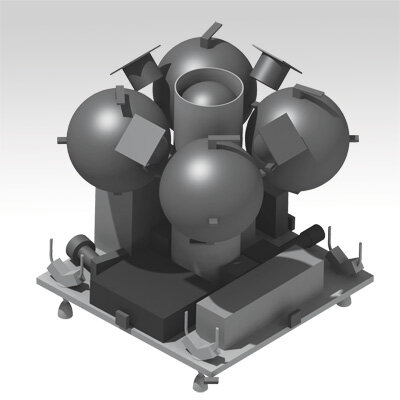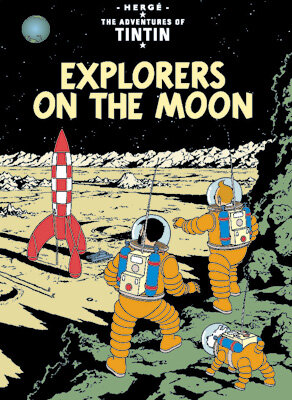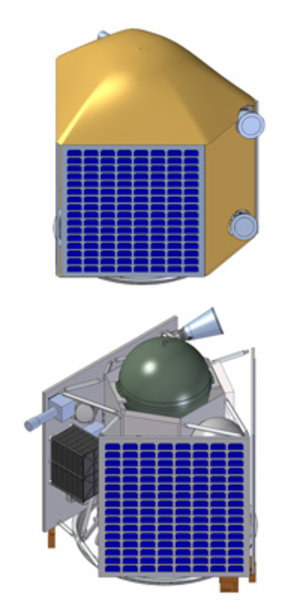European students aim for the Moon
40 years after Neil Armstrong uttered the immortal words, "That’s one small step for man, one giant leap for mankind", European students are planning to open a new chapter in lunar exploration.

On 21 July (20 July EDT) 1969, a TV audience of 600 million people – one fifth of the world’s population – watched history being made as a ghostly grey image slowly emerged from the lunar module and gingerly lowered himself onto the dusty surface. Over the following three and a half years, another 10 intrepid explorers landed on the Moon, deploying dozens of scientific experiments and bringing back 382 kg of rock samples. However, since December 1972, no more astronauts have left their bootprints in the lunar dust. To the students of today, the first Moon walk is ancient history – a spectacular achievement of a bygone era.
For many years, scientists and governments showed little interest in returning to the Moon, but things began to change with the discovery of what may be water ice within permanently shaded craters at the lunar poles. One early sign of renewed interest was ESA’s SMART-1 spacecraft, which was launched in 2003 and spent 18 months in orbit around the Moon. Now European students are planning to make their own contribution to lunar studies by developing the European Student Moon Orbiter (ESMO), which is expected to blast off in 2013.

Under the management of ESA’s Education Office, ESMO is providing students with the opportunity to participate in one of the most exciting, and exacting, student-led missions ever flown. Designed as a hands-on project in which hundreds of students can participate, ESMO must be able to fly almost 400,000 km to the Moon, enter a polar orbit around our nearest celestial neighbour, then return images and data from several onboard experiments.
The student teams are expected to provide most of the spacecraft subsystems, payload and ground support systems, working under the supervision of their universities and the prime contractor as part of their academic studies. They will also be given practical training and benefit from close interaction with technical experts while making use of facilities at ESTEC or the prime contractor’s premises for spacecraft assembly, integration and testing.
In addition to helping in the creation of a well qualified workforce for future ESA missions, ESMO will offer important opportunities for educational outreach. For example, by involving high school students throughout Europe in the requesting, downloading and analysis of lunar images to be taken by the on-board camera, it is hoped that the mission will inspire more young people to take up careers in science and technology.
ESMO is the fourth mission in ESA’s Education Satellite Programme. The project team for the implementation phase is expected to be finalised in the next few months.
Competition

To mark the historic Apollo 11 mission, ESA is collaborating with Moulinsart to distribute a copy of Tintin's Moon cartoons, which will be signed by an ESA astronaut, to 20 people who can correctly answer this question: After the Moon, what is the next alien world ESA wants to explore? Please send your answers to apollo@esa.int.
The lucky winners' names will be drawn from a hat on 1 September 2009. Stay tuned!




